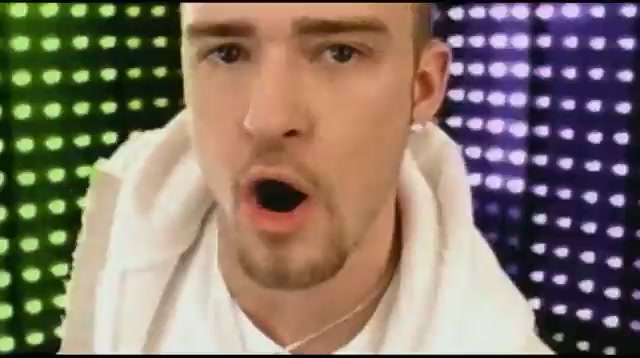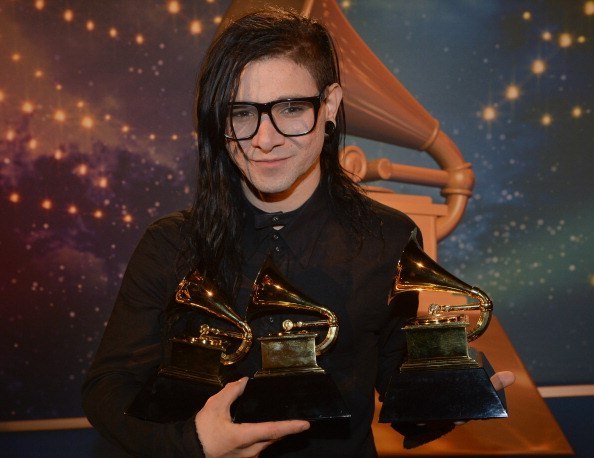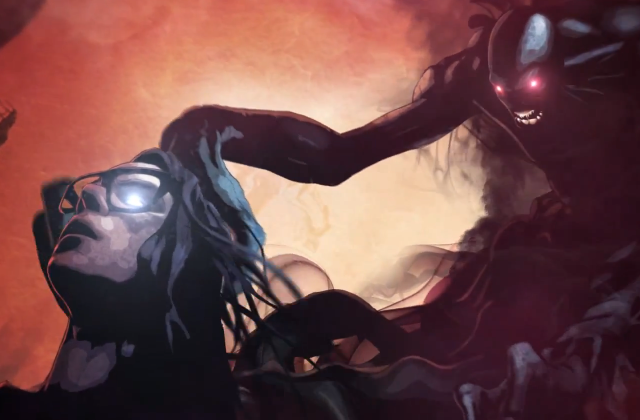Everything has its price and everything must come to pass. This may be a pretty harsh way to start off as an insight into the story of dubstep, yet it’s an accurate description of it and several other genres that have gone before. What starts off as an underground manifestation of what was happening on the streets finishes as a radio friendly product that sounds great on advertisements.
Look at what has come and gone before: Rappers went from rapping about problems on the streets to boasting about how much money they possess. Disco went from the soundtrack of the underground and gay community of America to glitzy, catchy and bland radio fodder. The raw and edgy rock ‘n’ roll sound that the likes of Lil’ Richard and other black artists pioneered in the ’50s was snatched up by good looking, white boy bands of the ’60s.
Of course, the popularization of a genre is never objectively a bad thing and should be celebrated. But where does this leave dubstep? How has dubstep rose from dark and grimy South London to headlining stadiums around the world and sound-tracking breakfast-cereal advertisements on the TV? But more importantly, does dubstep still pack a punch?

Back in the era of the superstar DJ, dubstep started life as experimental remixes released on the B-Side of garage records. With a large emphasis on sub-bass, it became a distinct sound in the early noughties, when artists such as Skream, Benga and Hatcha took what was previously coined as ‘dark garage’ and produced what was renamed as ‘dubstep’. Through the now legendary Big Apple Records, these records quickly spread. What started as something only heard from friends messing around in basements and records stores, soon became a staple of underground clubs such as FWD>> and pirate stations such as Rinse FM. The number of artists involved soon multiplied thanks to the genre moving hand in hand with the popular grime genre. In 2004, Rephlex (Aphex Twin’s label) released compilations that contained dubstep tracks and this helped boost its popularity. An unbelievably insightful and naive excerpt from The Independent in 2004, highlights its rise and obscure appeal:
“The music that’s emerging is so new, inventive and atomised, it doesn’t have one name but five. “Eightbar”, “sublow”, “dubstep“, “eski” and, most prominently, “grime”, are all being touted as descriptors of a uniquely British music that descends from the garage sound that launched Ms Dynamite, Mis-Teeq and So Solid Crew… It may be difficult to see how “the next step” could generate overground success on the level of, say, Justin Timberlake. After all, the ghostly drum patterns and murmuring basslines of most grime tracks hardly have an equivalent appeal to the sheen of, say, “Rock Your Body.”
(Source)
Yes… and no. I do vividly recall the raw edginess of the likes of So Solid Crew scaring the sh*t out of my parents but I also remember the bland sheen of Rock Your Body whining out from our radios (Pop artists had not tapped into the grimey underground just yet). However, I don’t recall listening to anything resembling ‘dubstep’. This is partly because that it’s the next few years that really grease and move the wheels into motion, starting something that those basement DJs never dreamed would happen… Or perhaps always feared.

2005-2007 was the period dubstep earned its wings. It’s hard to believe it’s been almost 8 years since the release of Skream’s grimy classic Midnight Request Line, a track so large it was featured in many DJ sets and received universal critical praise. The DMZ label and rave grew in prominence, the Dubstep Forum was launched and online media built interest. Momentum was gained and it all cannon balled its way into one of dubstep’s most prolific years, 2006.
It was in this year that Radio 1 DJ Mary-Anne Hobbs debuted her Dubstep Warz. As far as we’re concerned, the rest is history. A wide-spread, late-night audience (an audience I was part of after stumbling upon it after a crap night of not being able to sleep) was now aware of the likes of Digital Mystikz, Random Trio, Kode 9, Pressure and DJ Pinch. These artists were also appropriately included in the depressing sci-fi gloom-and-doom-athon Children of Men. With such an eager audience awaiting the start of something so new and exciting, dubstep became a bona-fide genre and needn’t to be considered having a dedicated ‘cult-following’, anymore. However, it was a certain release in that year which reassured everybody that the music was moving in the right direction.
Burial’s eponymous album was released in 2006 and received widespread acclaim. It was Wire’s Album of the Year and was proclaimed as one of the best albums of the decade. It mainly featured tortured vocals and soft crackling samples that haunted rumbling 2-step beats while never losing the fear and dark energy dubstep carries. Tracks such as Night Bus and Forgiven (which ironically samples Brian Eno’s ‘An Ending (Ascent)’…) hinted at what the shy producer was capable of and the experimentation that was possible in dubstep.
But it’s the track U Hurt Me that is probably the most important. Listening to it now, and listening to the current trend dubstep has taken, it’s hard to realize that it’s nearly seven years old. The essential ‘DROP!’ sample coalesced with the pulsating bass we are now so familiar with sounds insane against Burial’s signature sound and Middle-Eastern twist. Of course, Burial has now transcended himself above any sort of genre classification, due to the sound that was pioneered through Untrue. However, this album must be considered as some sort of milestone for what came next.
2007-2008 saw the genre move itself towards the domination that was to come. That summer saw the release of the dubstep anthem Night by Coki and one of dubstep’s fore bearers Benga. It got mainstream Radio 1 plays. Giles Peterson named it record of the year. Everybody was talking about it. In hindsight it only seems fitting that Skream and Benga now have their own slot on Radio 1 every Friday night and it’s surely the success of Night that helped them.
Other success stories included the Caspa remix of Rusko’s Cockney Thug, which boasts a more… familiar sound that has come to be accepted as the norm. The track is aggressive, brutal and relentless… And that’s just the angry, ‘South-Landahn’-esque vocal skit. It heralded a new direction and helped forefront the onslaught of the increasing productivity of the genre:
“The new sound is more experimental, more daring and a lot more up-tempo. The first generation and second generation are feeding off each other so there’s not really a ‘new wave’. I’ve been consciously trying to get hype music like jump-up drum ’n’ bass into my dubstep and a lot of the jump-up DJs have been playing my tunes too – that’s the crossover I go for. The important thing is that the producers’ different influences are all in the same room and dubstep doesn’t branch off into sub genres.” (Rusko, 2007)
At the time however, there was a general feeling (which I shared) that this success could not last forever. Not only did it seem that these tracks only had limited appeal, some felt that it was best to leave the genre with the people who know and love it best. For example, Night remained in the dance charts for almost a year, such was the strength of the record and the uncertainty people felt against dubstep in general.
In hindsight however, the naivety and uncertainty of us all rang true within the next couple of years, when dubstep really began to flex its muscles. The future of dubstep has always been plagued with obscurity and shocking surprises that keep the ball rolling. No-one would have guessed, especially in 2007/2008, that bass was about to begin its American takeover:
“The odd tune like “Cockney Thug” has Top 40 potential but that’s not the artists’ motivation,’ insists Hobbs. ‘This year was about testing the water and hopefully we can just continue to cross over into new underground territories next year.’ Dubstep may dominate in 2008, but as Rusko says, don’t go expecting any ‘Now That’s What I Call Dubstep’ compilations any time soon…”
(Source)











reallythink its crazy pple say they hate dubstep or its dead and every track incorporates a dubstep drop nowadays. taylor swift had a dubstep track. so did miley cyrus
The drops like one of the bst parts.
Pt. 2 please!
That ended very abruptly, which is unfortunate.
The american take over is a story in itself. It was interesting seeing it pop up at parties every weekend, but now it’s standard. Crazy how the world changes, lol. Good stuff!
sierra leonne was a cornerstone in my love for dub
Doctor p
Canadian + American dubstep <3
well written article though, I'm eager to read the next one..
It seems the original dubstep put a lot less emphasis on the drop and more on just wobbling bass. There really ins’t a build up or a drop either. When did dubstep turn into what it is now?